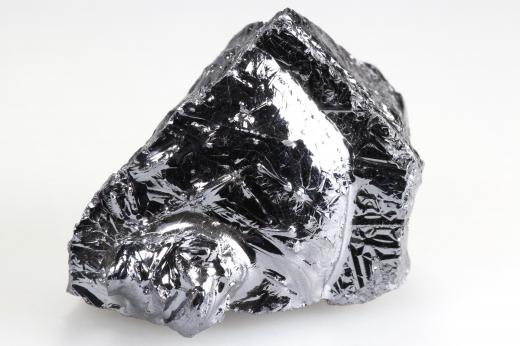Electrical steel is an alloy that contains iron and silicon. It can be manufactured to be made up of 15% silicon, depending on what the finished product is going to be. Also called transformer steel, this type of steel is very often used to build the cores of transformers as well as the stators of generators and motors. It is also efficient at retaining heat so that high temperatures won’t impact the performance of items, such as power lines and manufacturing machinery, in which it is important to keep temperatures down for energy efficiency and equipment longevity.
Heat loss in electrical steel is avoided because of the entrained silicon. This raises what is known as resistivity within the steel, which prevents magnetic eddy currents that cause a build up of escaping heat. Performance is also improved when larger grain sizes are used to produce the silicon steel. Heat treating the steel during production accomplishes the task of creating larger a grain size.

The grain structure itself can be oriented to suit certain tasks. In grain-oriented silicon steel, the grains all point in one direction, meaning the molecules face the same polar orientation. A stable magnetic field is produced by the electrical steel, making it safe to use in power transformers and other applications where stable electromagnetism is important. When the required magnetic properties need to be less structured, non-oriented silicon steel can be used, such as in motors or generators.
Electrical steel is sold in grades, each of which is defined by the level of core heat loss. An example of such a grade is M19, in which this loss is relatively low, making the material suitable for use in motion control systems. Higher loss steels are offered in grades such as M43 that are not necessarily heat treated, or annealed, to relieve the stresses on the material caused by the production process.
Performance of electrical steel is further improved by insulating it. An oxide coating can be applied during milling, and while this is the cheapest way to insulate the steel, the coating doesn’t hold up too well to stress. Enamel or varnish coatings offer the advantage of good insulating properties, but heat treating is not possible after the product is made. Higher grade coatings are more versatile and withstand higher temperatures, but if the insulation is strong enough it can put excess wear on the tools used for processing the steel.

